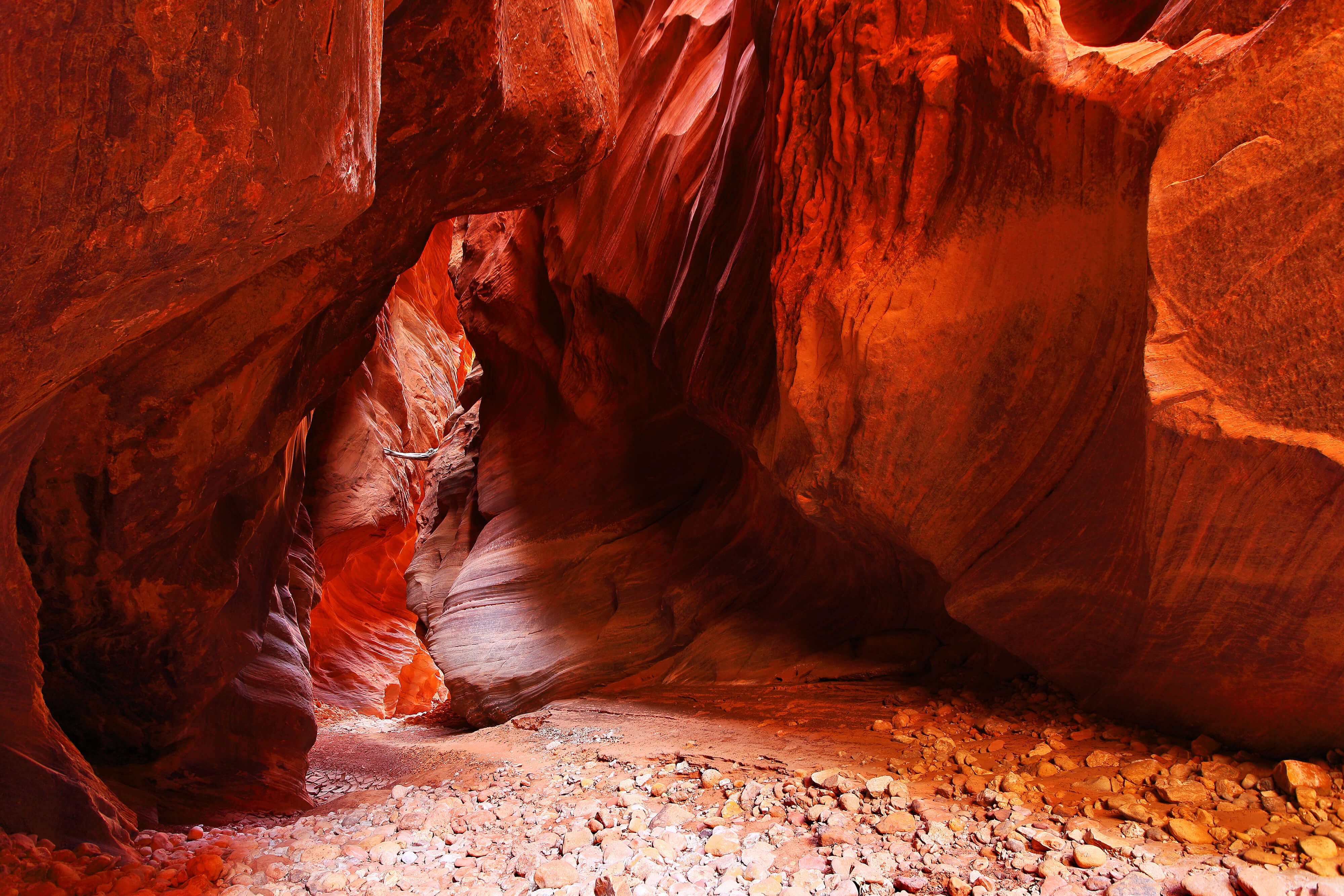Mountain Lions in the Southwest
 Genetically speaking, mountain lions have more in common with housecats than they do with the proud lions of the Serengeti. As North America’s big cat, the cougar is closely related to our other local felines, such as Arizona’s jaguarundi. Its physiology, behavior, and even its vocalizations tend to evoke images of an oversized and ill-tempered housecat. Mountain lions can purr, yowl, scream, even whistle, but not roar.
Genetically speaking, mountain lions have more in common with housecats than they do with the proud lions of the Serengeti. As North America’s big cat, the cougar is closely related to our other local felines, such as Arizona’s jaguarundi. Its physiology, behavior, and even its vocalizations tend to evoke images of an oversized and ill-tempered housecat. Mountain lions can purr, yowl, scream, even whistle, but not roar.
These cats are called by many names; it varies depending on where you are and with whom you’re speaking. In addition to their traditional title, they’re also referred to as pumas, cougars, panthers, and catamounts.
Mountain lions’ behavior is the definition of reclusive. Not only do they prefer being quiet and shy; they’re extremely good at it. The cougar’s body is a machine designed for stealth and lethality. Their soft, oversized footpads and retractable claws allow them to melt through the backcountry with hardly a whisper.
Mountain lions go to great lengths to avoid other creatures, even other lions. Some studies suggest that the territory of a single lion can range upwards of 200 square miles.
Mountain lions go to great lengths to avoid other creatures, even other lions. Some studies suggest that the territory of a single lion can range upwards of 200 square miles. They prefer geology and ecology that give them exactly what they want–solitude. Tree cover, rocky outcroppings, boulder fields, and caves make for a mountain lion’s paradise. There’s an eerie feeling that accompanies walking through this sort of landscape. I can recall walking through washes surrounded by rocky outcroppings, when my prey instinct will suddenly go hyperactive. The back of my neck prickles, my muscles tense, and I become acutely aware of all the dark holes from which a mountain lion could be gazing.
General behavioral trends vary between cat populations. Utah lions seem to be more reclusive and skittish than other populations, such as those found in Colorado and California. Most people spend years exploring the backcountry and never see one. Those few lucky individuals who have seen a lion in the wild have witnessed one of North America’s most impressive and powerful animals.
Mountain lions inhabit territory all across Utah. According to the Division of Wildlife Resources, the only place in Utah they’re not found is in the salt flats west of the Great Salt Lake. Despite Utah’s large cougar population, attacks on humans are rare here. The last mountain lion attack recorded in Utah occurred in 1997, in the Book Cliffs region southeast of Price. The situation was a unusual; a rancher was attacked while riding his horse. Examination of the lion after the attack revealed an emaciated, half-starved animal.
There are several things hikers and backpackers can do to reduce the chances of being attacked. The first rule is to avoid hiking alone. Stay in groups, and keep children close. In many documented attacks the victim was a child–usually an unsupervised one. Mountain lions are most active from dusk to dawn. Lone joggers or bikers exercising during morning or evening hours can appear appetizing to hunting lions. Bringing pets on a hike (dogs, for instance) can attract curious mountain lions, rather than deterring them.
In a confrontation with a mountain lion, gather everyone in the group close together, and try to look as big as possible. Waving arms, opening jackets, making loud noises, and throwing rocks can make the lion decide you won’t be an easy meal. Never turn your back, run, or bend over. Bending over, even to pick up a rock or a child, can make you look small enough that the lion may decide to pounce. An upright, adult human does not look like good prey.
If you are attacked, fight back with any weapons you have available. Use rocks, sticks, even your bare hands if that’s all you have. Playing dead won’t get you very far, since that’s probably what the mountain lion has in mind anyway. Similar to a black bear, the cougar will just think that you’ve become a free meal. Playing dead is only recommended for grizzly bear attacks. When it comes to mountain lion encounters, many fatalities have been averted simply because the victim fought. One story even reports a grandmother pulling a mountain lion off her grandson by the scruff of its neck!
If you are involved in a mountain lion attack, get to a hospital as quickly as you can. You’ll probably need some stitches. As with all animal-inflicted wounds, especially bites, there will also be a high risk of serious infection.




I am doing a school report on mountain lions, and this website has been very helpful. Thank you for helping me do my school work!
-Emma
Morningside Elementary